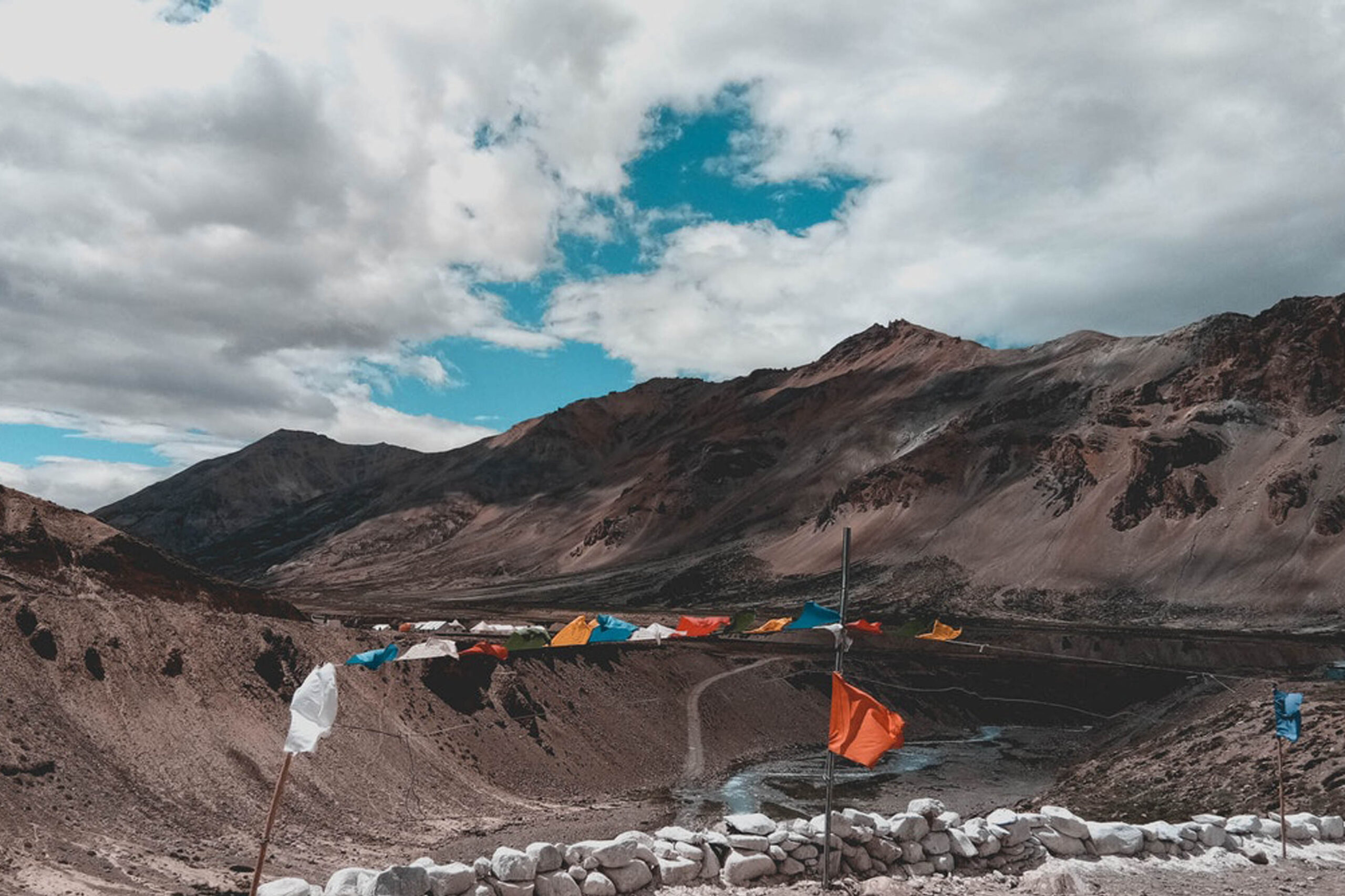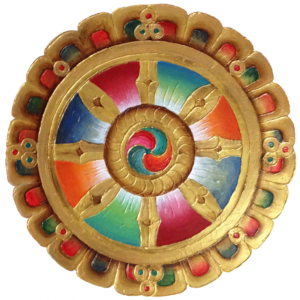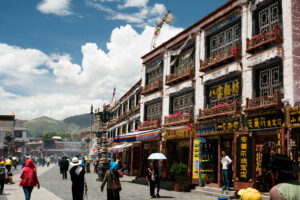Description
Group Size: Up to 25 participants
Tour Grading: Easy to Moderate, High Altitude
Activity: Cultural, Arts, and Heritage
Sights: Ley Palace, Shey, Thiksey, Hemis, Khardung La, Nubra, Delhi, Jama Masjid, Taj Mahal and Agra Fort
Best Season: February, March, April, May, August, September, October and November
Trip Route: Leh-Khadung La-Nubra-Leh-Delh-Agra-Delh
Overview: Leh is the capital of Ladakh (altitude 3505 m). Sheltered in the north by the Ladakh range and in the south by the Zanskar Mountains, Leh gets very little rainfall. The most attractive feature of the landscape of Ladakh is the Buddhist gompas (monasteries). Situated on the highest point of the mountain spurs or majestically sprawling over cliffsides, located in the vicinity of villages, these aesthetically pleasing, architecturally interesting gompas provide the focus for the faith of the highly religious Buddhist people. Highlights of the Leh Ladakh Tour are Leh Palace, Stok Palace, Nubra Valley, and Lamayuru Monastery. Trip Highlights
- Modeled on the Potala Palace in Lhasa is the Leh Palace
- Option for White Water Rafting in the Indus River
- Khardung La is the World’s highest motorable road
- Bactrian camel rides at the dunes of Hundar
- Experience Silk Route Camp in Nubra Valley
- Twin cities of Old and New Delhi
- Jama Masjid, the largest and best-known mosque in India
- The Taj Mahal, a combination of elements from Persian, Islamic and Indian architectural styles
- The Agra Fort, built by the Mughal Emperors starting from Akbar the Great in 1565 A.D
Day 1: Arrive at Leh by Flight from Delhi
Arrive in Delhi by international flight and check in at a transit hotel located inside the airport. (Rooms will be reserved for a few hours.) Later, check out and proceed to the domestic terminal to take the connecting flight to Leh. On arrival, meet our representative at the airport and transfer to the hotel.
Leisure time in the afternoon for high-altitude acclimatization. Later in the evening, walk along the Leh Bazaar and visit Leh Palace. Leh, the capital of Ladakh (altitude 3505 m), is sheltered in the north by the Ladakh range and in the south by the Zanskar Mountains. Leh gets very little rainfall. The most attractive feature of the landscape of Ladakh is the Buddhist gompas (monasteries) situated on the highest point of the mountain spurs or majestically sprawling over cliffsides. Located in the vicinity of villages, these aesthetically pleasing, architecturally interesting gompas provide the focus for the faith of the highly religious Buddhist people.
Leh Palace overlooks the Ladakhi Himalayan town of Leh, modeled on the Potala Palace in Lhasa, Tibet. The palace was built by King Sengge Namgyal in the 17th century but was later abandoned when Dogra forces took control of Ladakh in the mid-19th century. The royal family then moved to Stok Palace. Leh Palace is nine storeys high; the upper floors accommodated the royal family, while the stables and storerooms were on the lower floors. The palace, a ruin, is currently being restored by the Archaeological Survey of India. The palace is open to the public, and the roof provides panoramic views of Leh and the surrounding areas. The mountain of StokKangri in the Zangskar mountain range is visible across the Indus valley to the south, with the Ladakh mountain range rising behind the palace to the north.
Overnight in the hotel.
Day 2: Leh Sightseeing
After breakfast at the hotel, take up a full-day excursion to Shey, Thikse, Hemis Monastery, and Stok Palace. Towards the evening, drive back to Leh.
Shey, situated on a hillock 15 km upstream from Leh, was once the residence of the Royal family. According to tradition, Shey was the seat of power for the pre-Tibetan kings. A 7.5 meter high copper statue of Buddha, plated with gold, and the largest of its kind, is installed here.
Thiksey is one of the largest and architecturally most impressive of all gompas. There are several temples in this gompa containing exquisite images, stupas, and wall paintings of the Buddha.
Hemis is the best-known and biggest gompa in Ladakh. It is situated on the banks of the Indus. The monastery, which houses five hundred monks, has beautiful paintings and thangkas. Hemis was built in 1630 during the reign of Sengge Namgyal, an illustrious ruler of Ladakh. It is divided into two, the Assembly Hall on the right and the main temple on the left. The temple is known as Tshogkhang. The verandahs have a surfeit of frescoes, among them the Buddhist “wheel of life” (Kalachakra) and the “Lords of the Four Quarters,” besides rows of prayer wheels.
Overnight in the hotel.
Day 3: Leh Sightseeing
Additional Sightseeing in Leh
After breakfast at the hotel, drive on the mountain road of Leh towards Phey village and start your rafting expedition on the river towards the river confluence. You will then arrive at Nimoo, the confluence of the Indus & Zanskar rivers. After a hot lunch in this spectacular venue, we will drive to the Likir & Alchi monasteries, We will then return to Leh. Late afternoon, visit Shanti Stupa and enjoy the sunset there. In the evening, drive back to the hotel.
White River Rafting: The Indus River, locally known as the Singhe Khababs (out of the lion’s mouth), flows across the north-west to the south-east, passing through Ladakh, and flows into Pakistan, where it joins Shayok and Suru to become a major historical Indus River. The Indus originates near Kailash Mountain and Mansarovar Lake in western Tibet.
The Phey Nimoo route consists mostly of Grade II or III easy rapids that pass through astoundingly beautiful mountains, many of them with tiny hamlets and imposing old monasteries nestling among the valleys. Starting from Phey Village, about 12 km from Leh, and ending at the Indus-Zanskar confluence at Nimo, about 36 km from Leh.
Likir, also known as Klu-Kkhjil (water spirits), was founded in the 11th century AD and was rededicated to another monastic order (the yellow sect) in the 15th century, its earlier gompa was destroyed in a fire. The present gompa dates back to the 18th century. It contains huge clay images of Buddhas (past, present, & future) and various old manuscripts. It also houses an interesting collection of thankas, old religious and domestic costumes and implements, etc. The Likir monastery is on the old caravan road from Basgo to the bridge of Khalse. The main temple contains stupas, and statues of Sakyamuni, Maitreya, and Tsongkhapa, founders of the Gelugpa order. One can see a huge image of Buddha here.
On the bank of the Indus is the village and religious sanctuary of Alchi, one of the oldest monasteries in Ladakh. As per the historians, the monastery was founded in the 11th century by Kaldan Sherab, a nobleman of Tibet who moved to this region to resist the tides of Hinduism and Islam. Its unique art forms have a distinctive Tibetan flavor. Paintings cover every available inch of space. Shanti Stupa in Ladakh is located on the hilltop at Changspa. The stupa was constructed by a Japanese Buddhist organization, known as ‘The Japanese for World Peace’. The aim behind the construction of the stupa was to commemorate 2500 years of Buddhism and promote world peace. His Holiness, the Dalai Lama, inaugurated the Shanti Stupa in the year 1985.
Overnight in the hotel.
Day 4: Khardungla / Nubra
Leave Leh in the morning for Nubra to visit Khardungla en route, the highest motorable road pass in the world. Upon arrival in Nubra, visit Deskit Monastery, and later, drive to the high-altitude desert. We will then take up the Bactrian camel ride at the dunes in Hundar and drive onward to Summer Village, where we will stay overnight in a tent. A full circle of peaks surrounds the flat sea of the central plain, which is dotted with villages. Here lies a valley cut off from the world, a hidden secret land of Nubra. Mountains rise on both sides abruptly from the valley in great masses, forming walls of solid rock broken only by narrow side gorges that strike directly into the heart of the range, dividing the facing wall into enormous sections. Deskit has a regular bazaar consisting of a single line of shops, and Disket monastery is perched on a rock overhanging a stream, which is the source of energy, used by the mills of the monastery. The monastery is full of Thangkas (silk paintings), magnificent giant statues of the Buddha, and old mural paintings, which can be noted to have a multitude of influences.
Hundar is an area of rolling dunes, whose contours are solid yet liable to shift with every gale. Here there is a small population of Bactrian camels, shaggy double-humped animals, which in the old days, were used as pack animals on the Central Asian trade routes.
Overnight: Silk Route Camp
Day 5: Leh
In the morning, we returned to Leh. En route, drive to a small village to visit a local school, where one can interact with the schoolchildren and locals over a cup of tea. Schoolchildren welcome generous gifts like pencils, drawing books, or likewise. Later, drive on to Leh and check in at the hotel. Spend a couple of hours shopping, relaxing, etc. before we drive to the Khardung La Pass.
It is not very often that one gets to drive on a road at an altitude of 18,380 feet. That is where Khardungla Pass, meaning the ‘Pass of Lower Castle,’ is located on the way from Leh to the Nubra Valley in Ladakh. It is the highest motorable road in the world, as signs put up by the Border Roads Organization proudly proclaim.
Overnight in the hotel.
Day 6: Flight to Delhi
Early morning assistance and transfer to the airport to board the flight for Delhi. Upon arrival at the airport, proceed for a city tour of Old Delhi, visiting Jama Masjid, the Red Fort (from outside), and Chandi Chowk. Also, enjoy the cycle rickshaw ride in the Old City of Delhi, the capital of India, which is a fascinating city with complexities and contradictions, beauty, and dynamism, where the past co-exists with the present. Many dynasties ruled from here and the city is rich in the architecture of its monuments. Delhi is not only the present metropolis of India but also a necropolis. Located on the banks of the Yamuna River, Delhi has witnessed the rise and fall of many cities over the last five millennia.
Jama Masjid: Commissioned by the Mughal Emperor Shah Jahan, builder of the Taj Mahal, and completed in the year 1628 AD, Jama Masjid is the largest and best-known mosque in India. It lies at the origin of a very busy central street in Old Delhi, the Chawri Bazar Road.
Overnight in the hotel.
Day 7: Agra Day Excursion
With a packed breakfast from the hotel, an early morning departure transfer to the railway station to board the train for Agra. Depart for Agra by train (deluxe). With assistance on arrival in Agra, proceed to visit the Taj Mahal. Later, visit Agra Fort with lunch at a local restaurant. In the afternoon, we return to Delhi.
The Taj Mahal, the inimitable poem in white marble, was built over 22 years (1631-1653), using a workforce of 22000 people, by the Mughal Emperor Shah Jahan for his Queen Mumtaz Mahal to enshrine her mortal remains. Taj Mahal is the finest example of Mughal architecture, a style that combines elements from Persian, Islamic, and Indian architectural styles.
Agra Fort was built by three Mughal Emperors, starting from Akbar the Great in 1565 A.D. The fort is a masterpiece of design and construction. Within the fort are several exquisite buildings, including Jahangir’s Palace, Khaas Mahal, Sheesh Mahal, Diwan-i-Am, Diwan-i-Khas, and MusammanBurj—the Octagonal Tower—where Emperor Shah Jahan, the builder of the Taj Mahal, was imprisoned by his son Aurangzeb for seven long years and died a prisoner.
Overnight in the hotel
Day 8: Departure
Transfer to Delhi International / Domestic Airport for onward destination.



